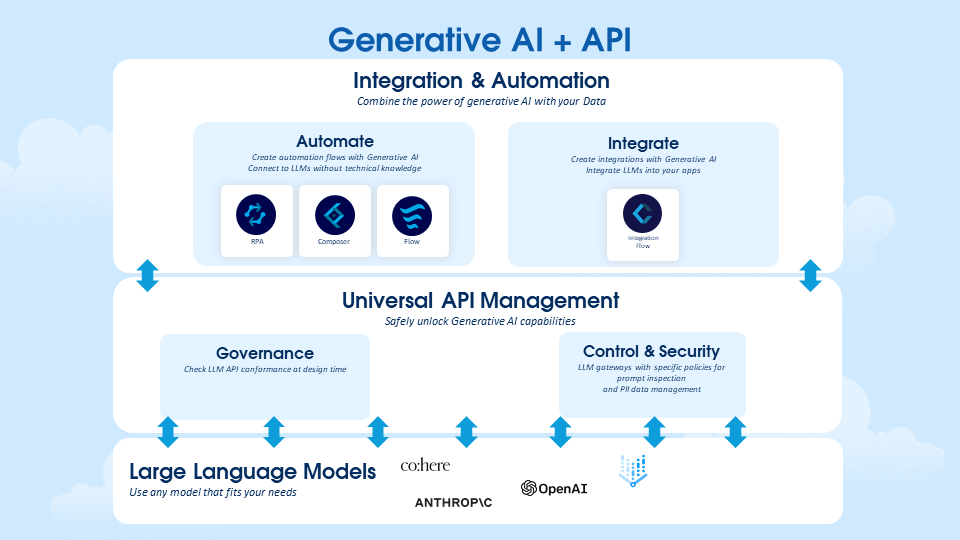Generative AI is more like a child where you instruct child that don’t bounce basketball inside home, but child goes to bounce a soccer ball inside home. But this was not your expectation from child and then this action falls outside of your expectation. Now you add more parameters with your instruction then the child is more likely to get the response that you want.
Generative AI is the same, the more context and parameter we can give to generative AI the better our service replies, the better emails, the better product recommendations get from your Generative AI Models.
We’re all seeing some amazing demos of generative AI these days. Models trained on the whole internet are able to hold a conversation, explain their reasoning, and perform well at a broad variety of tasks.
You’ve probably started to play with Chat GPT, Google Bard, or Microsoft Bing. In your company folks are already experimenting with different ways of data to use it in their work.
These chat interfaces, as an initial proof of concept, are truly amazing. it’s already becoming clear, the ability to create significant business value and it will be dependent on your ability to INTEGRATE and MANAGE these systems and data.
But there are multiple barriers standing in the way of our ability to implement AI.
- Fragmented data is hard to ingest into AI models.
- Missing context leads to poor recommendations.
- Lack of trust in how the LLMs will use your data.
- Difficulty in acting on the recommendations because AI is completely detached from business processes.
- And of course, overall security risks of accessing data across various systems.
Technology is moving fast, and the recent introduction of AI innovation is exciting, especially with the promise of increased productivity. If you look at a public source like Hugging Face, there are over 250k AI models compared to only 32 significant industry-produced machine learning models in 2022. If you pair these figures with the fact that the average enterprise has over 1000 applications, suddenly you have a lot of API integrations to account for.
Without addressing your system integration challenges, you risk deploying AI that results in generic data in, and generic insights out.

Let’s find how API fits into this Large-language models (LLMs) or generative AI space.
You can start with an LLM of your choice, such as Salesforce CodeGen or OpenAI’s CoPilot.
A large language model (LLM) is a deep learning algorithm that can perform a variety of natural language processing (NLP) tasks.
As you know, big models incur big cost, and LLM’s are expensive.
So large language models are exposed as APIs to reduce cost. As we know, APIs are the easiest way to get data in and data out from these LLM. These LLM’s are open for anyone to use. These APIs are also pulling data from your existing system as well as legacy system. Now you are enabling APIs which is required for your business process and adding data context which is make sense to business use-case.
Next, you can establish control over the APIs for your LLM by applying governance and security policies using Universal API Management. In this way, you can assure that your organization is leveraging AI while remaining secure and conformant. Once your APIs are secured then you can add automation and integration flow with your APIs which communicate with your internal systems. Enabling AI data through API You can push and pull data from a variety of data sources, including 3rd party applications, to ensure that you are using the latest data with the latest technology and building a complete 360 view of your customer.
API Safely unlock generative AI capabilities through a layer of trust Use Universal API management (UPIM) to provide security and governance for AI driven systems. The integration and automation tools also ensure the customer 360 is all up to date with the latest data, making powerful customer experiences possible.
Rajnish Kumar is CTO of Vanrish Technology with Over 25 years experience in different industries and technology. He is very passionate about innovation and latest technology like APIs, IOT (Internet Of Things), Artificial Intelligence (AI) ecosystem and Cybersecurity. He present his idea in different platforms and help customer to their digital transformation journey.


